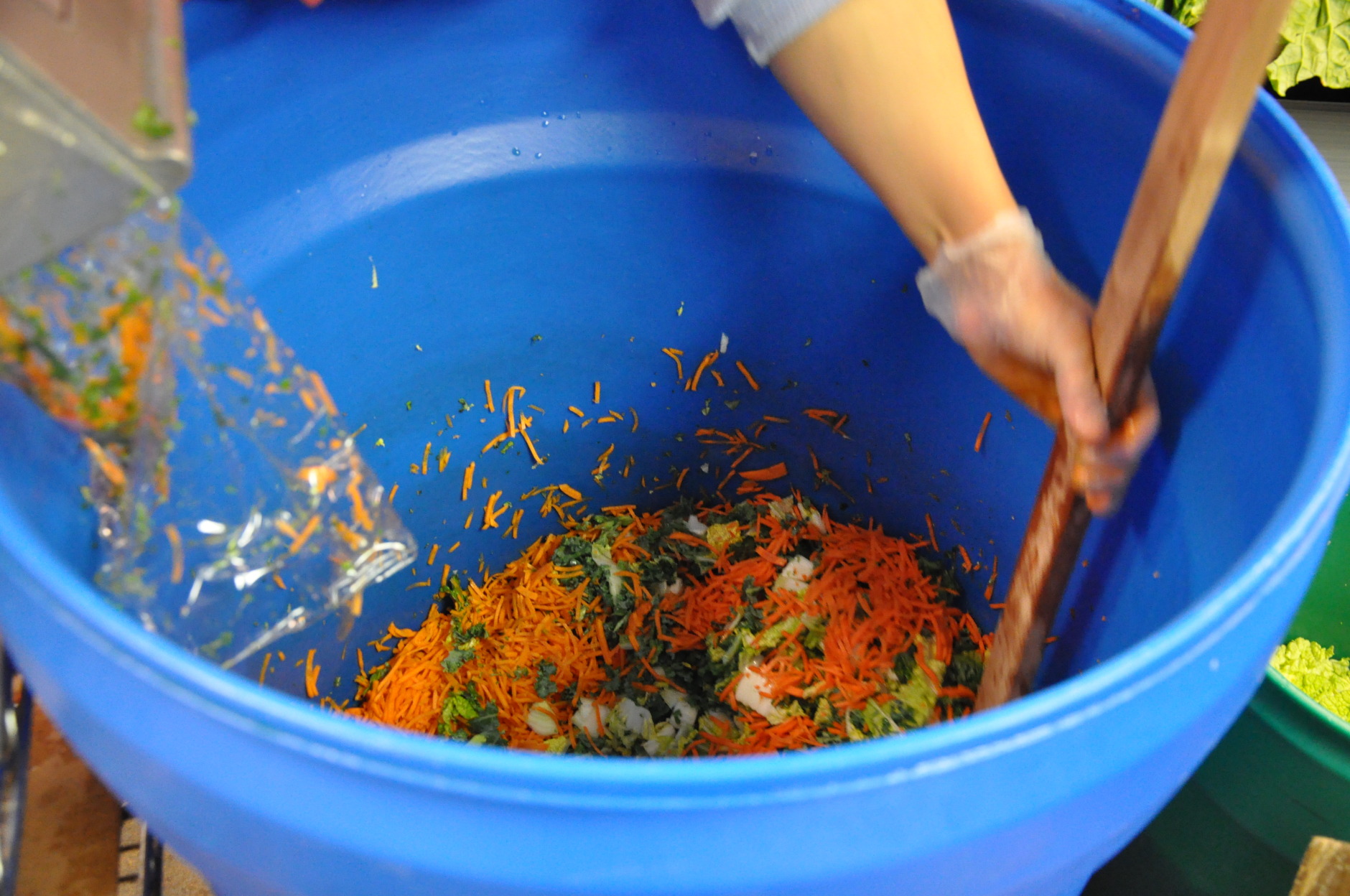
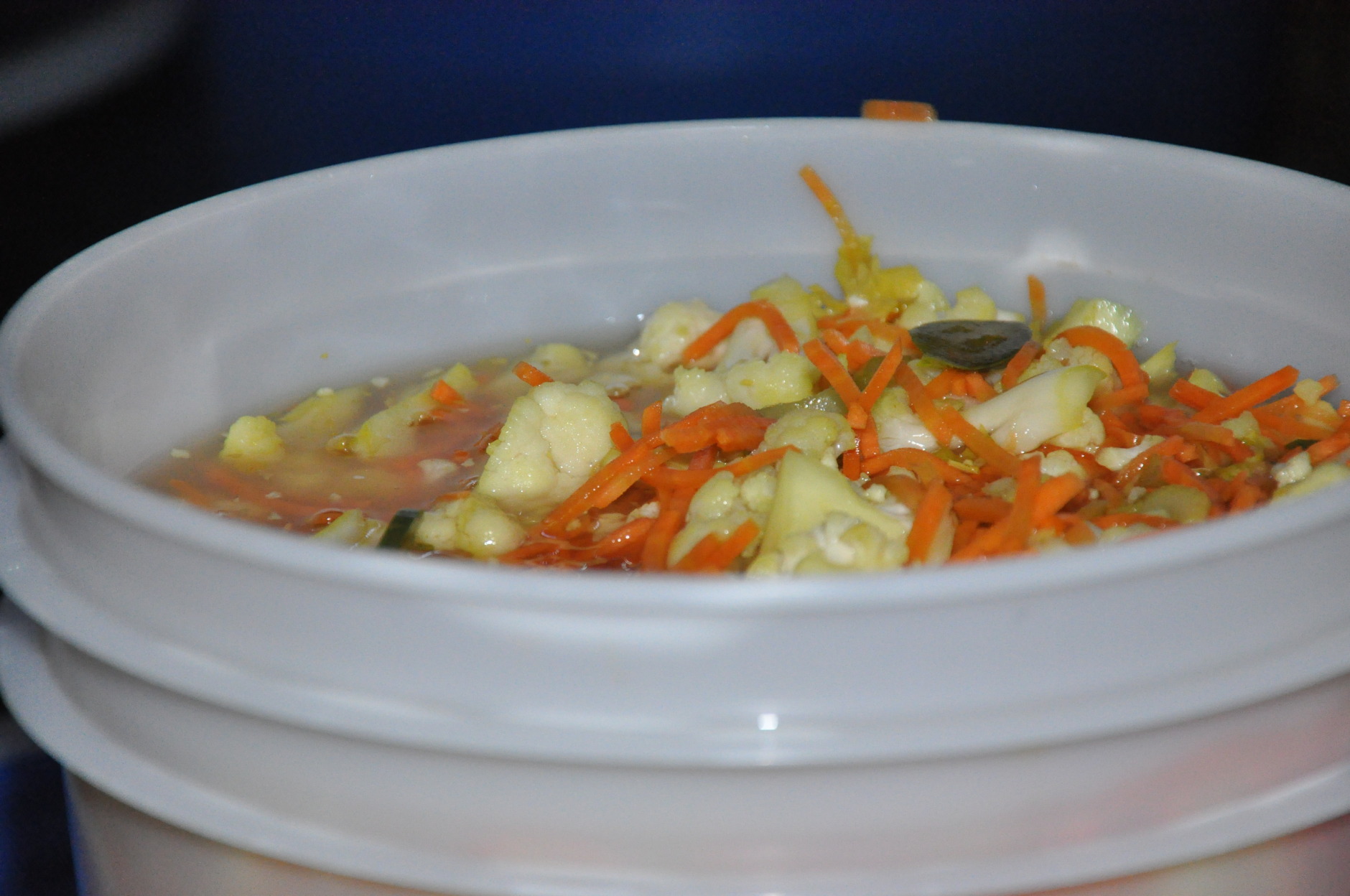
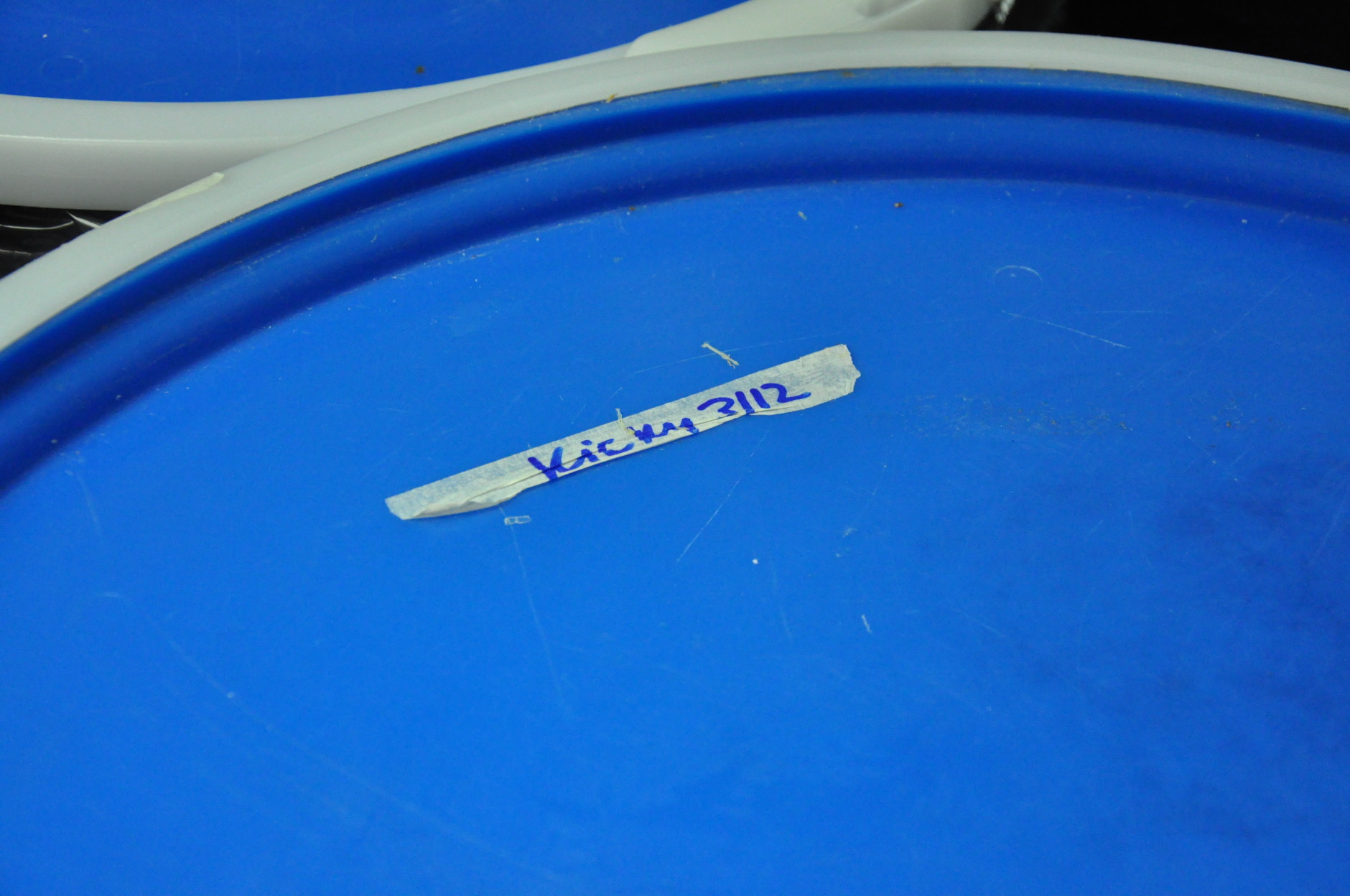
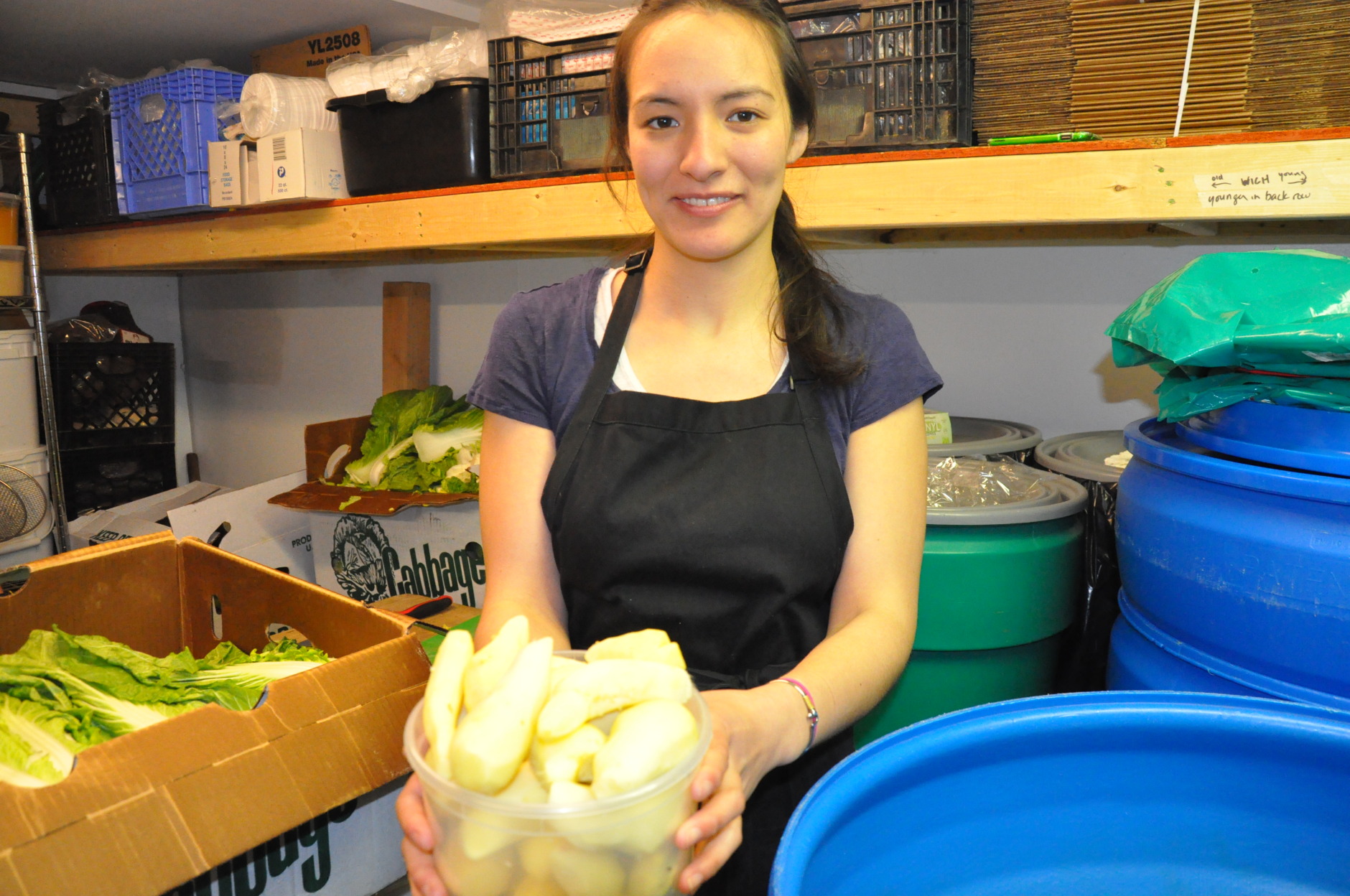
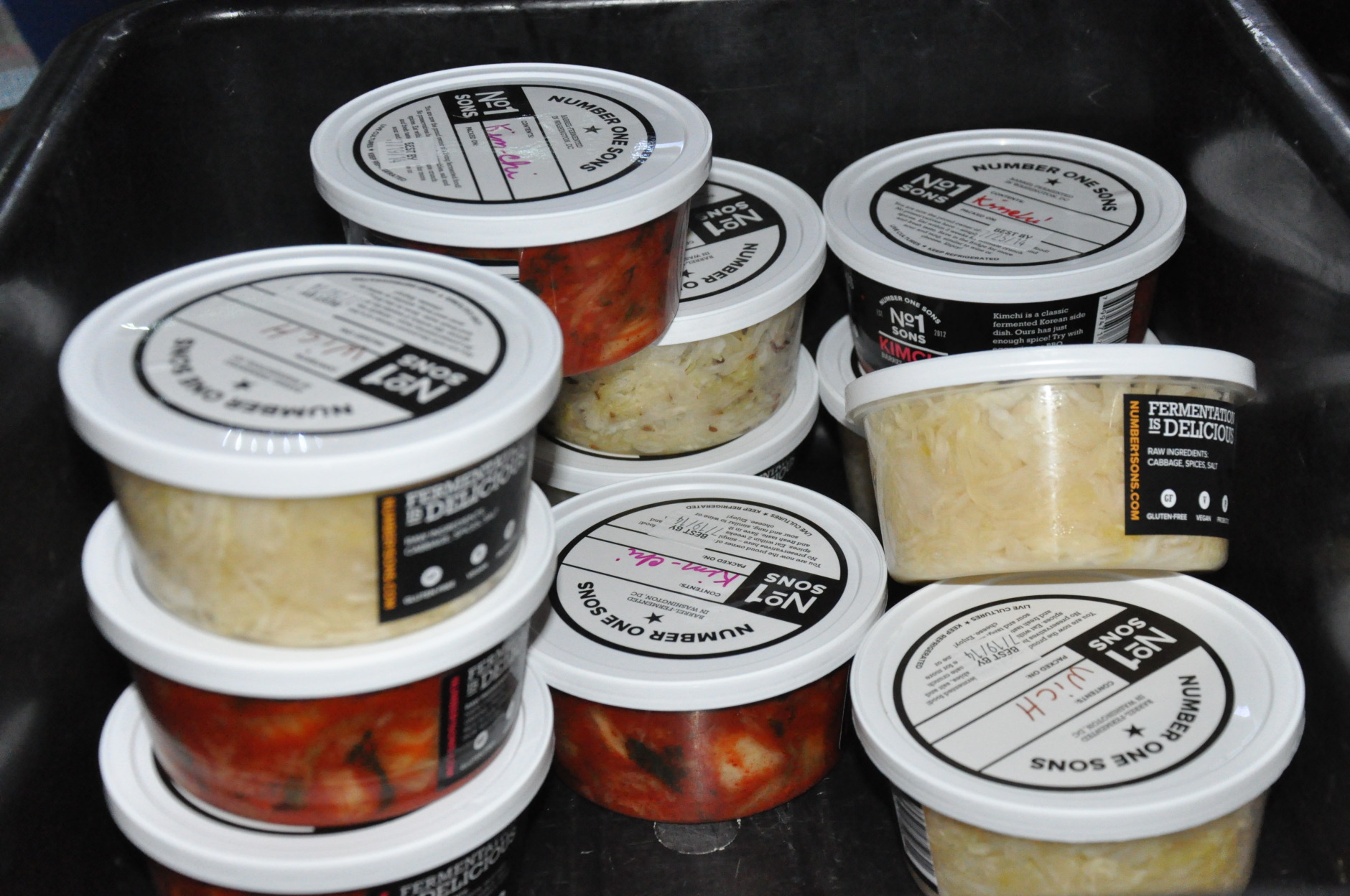
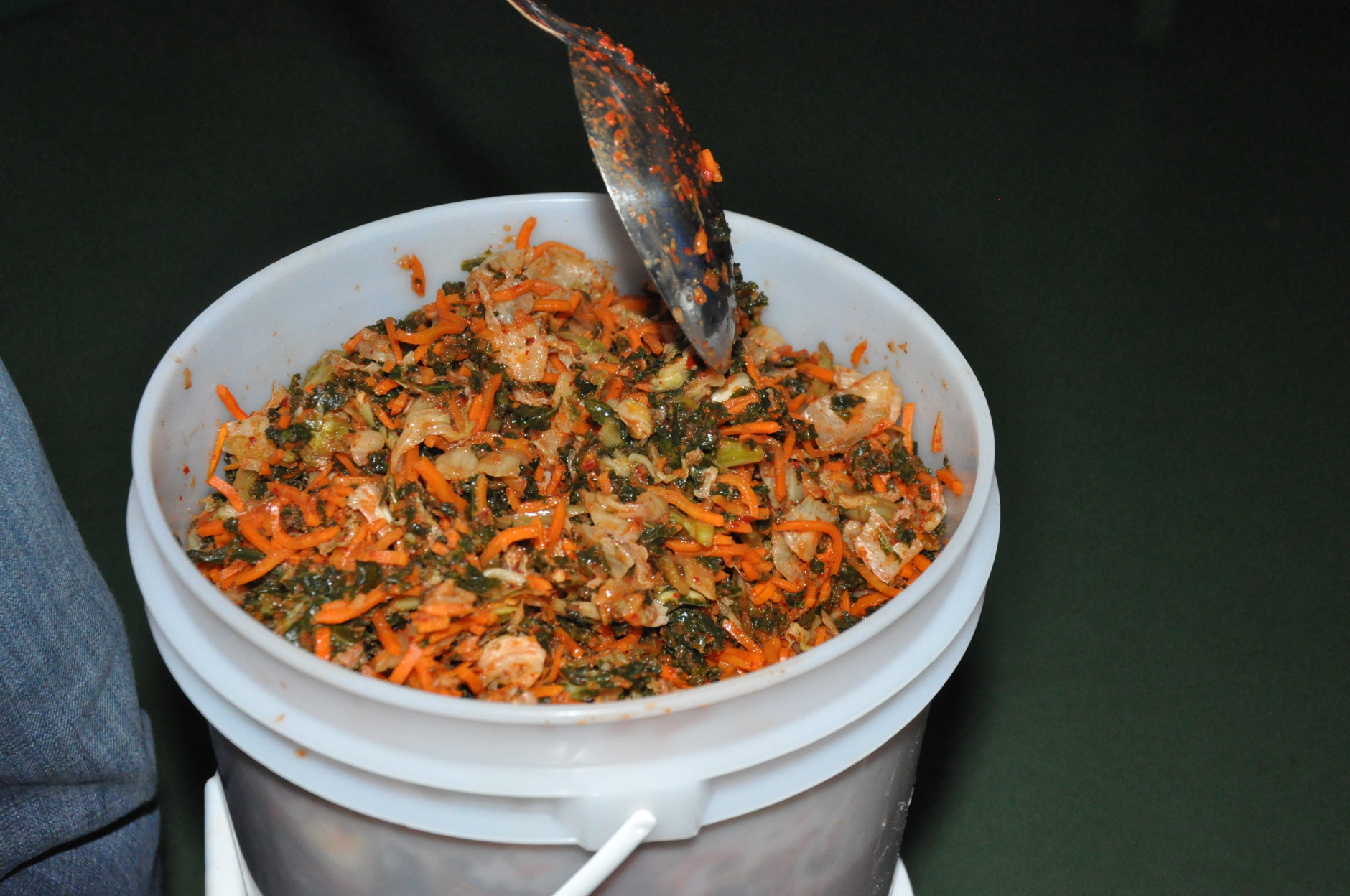


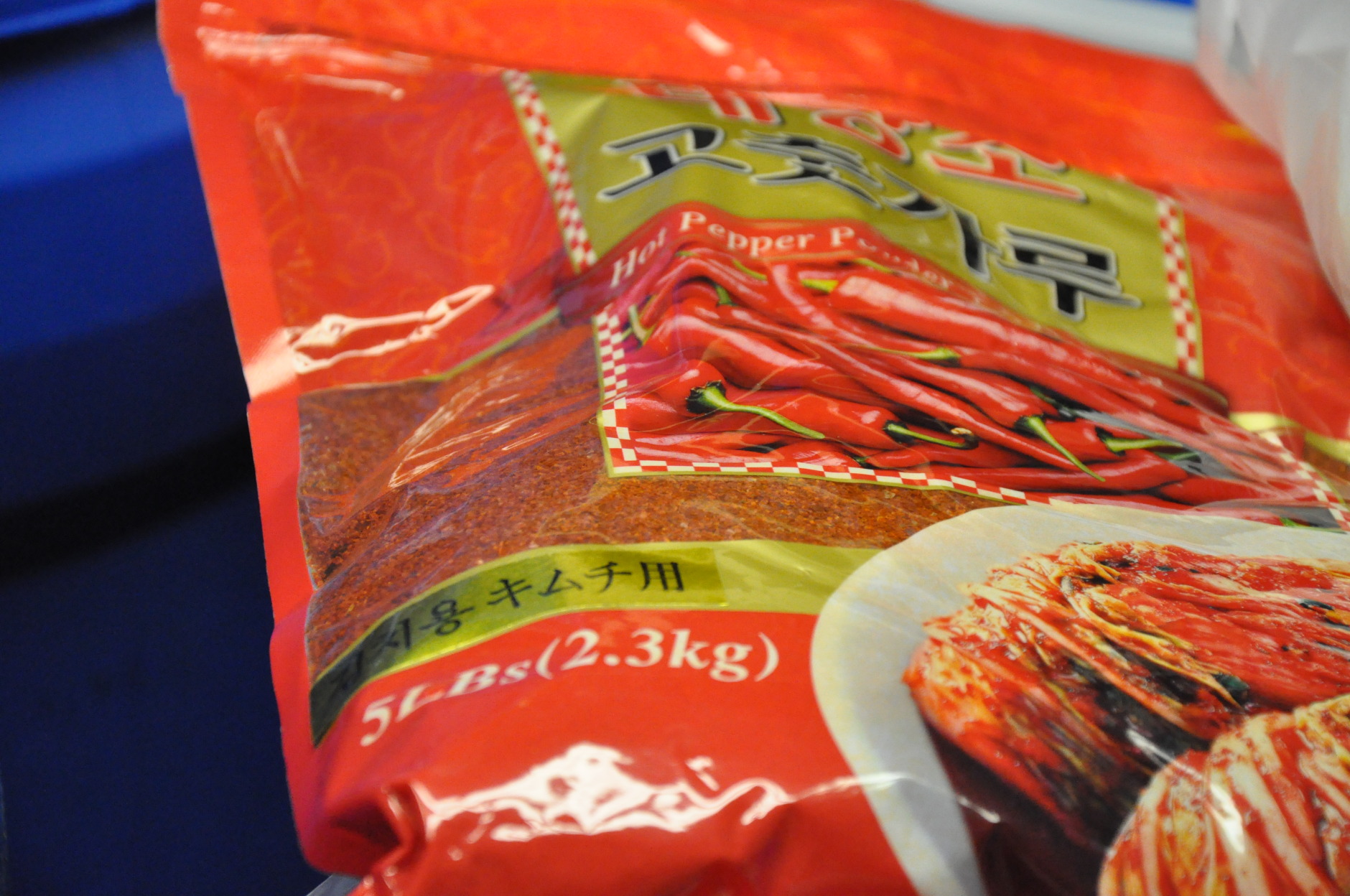
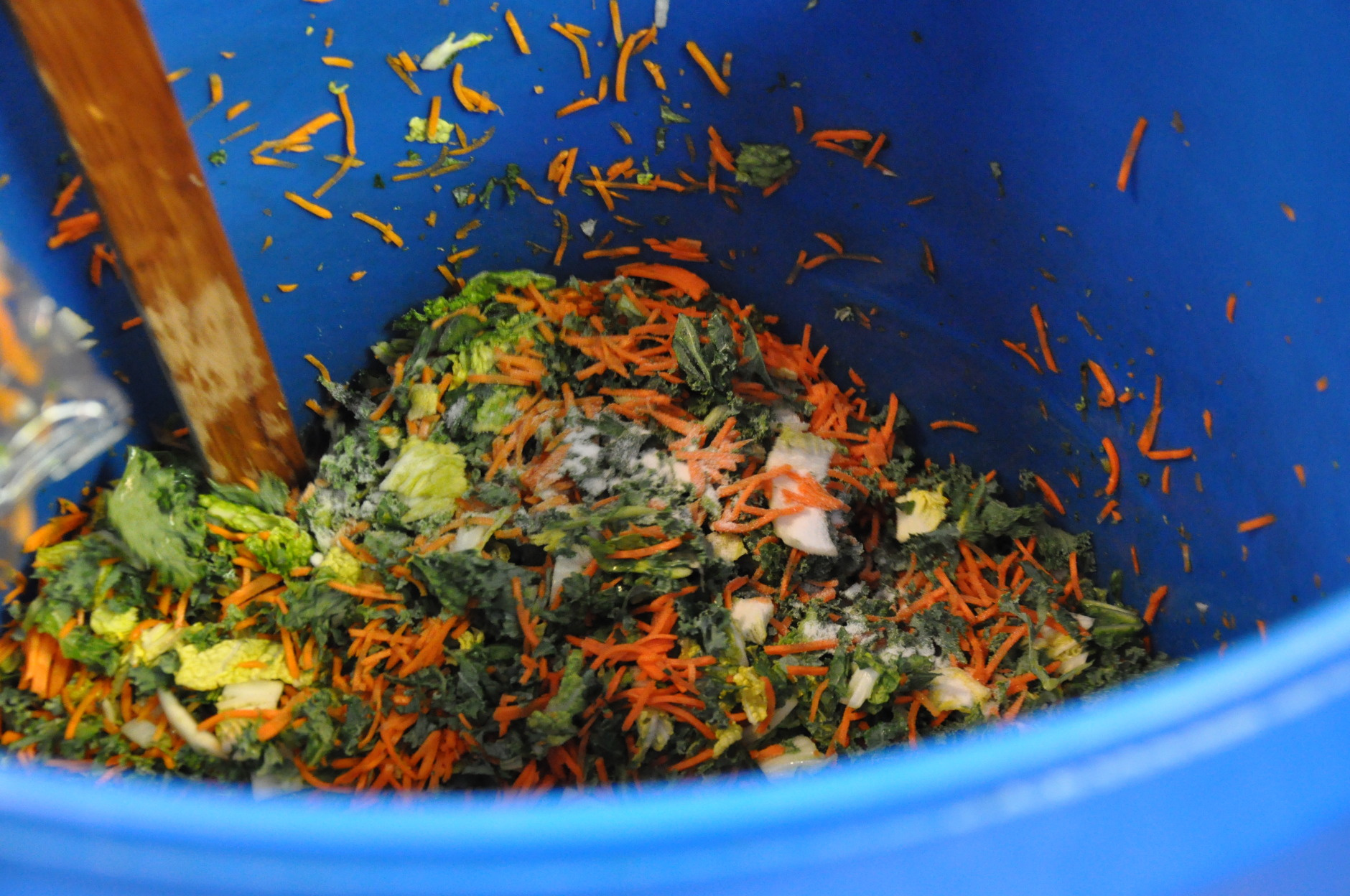
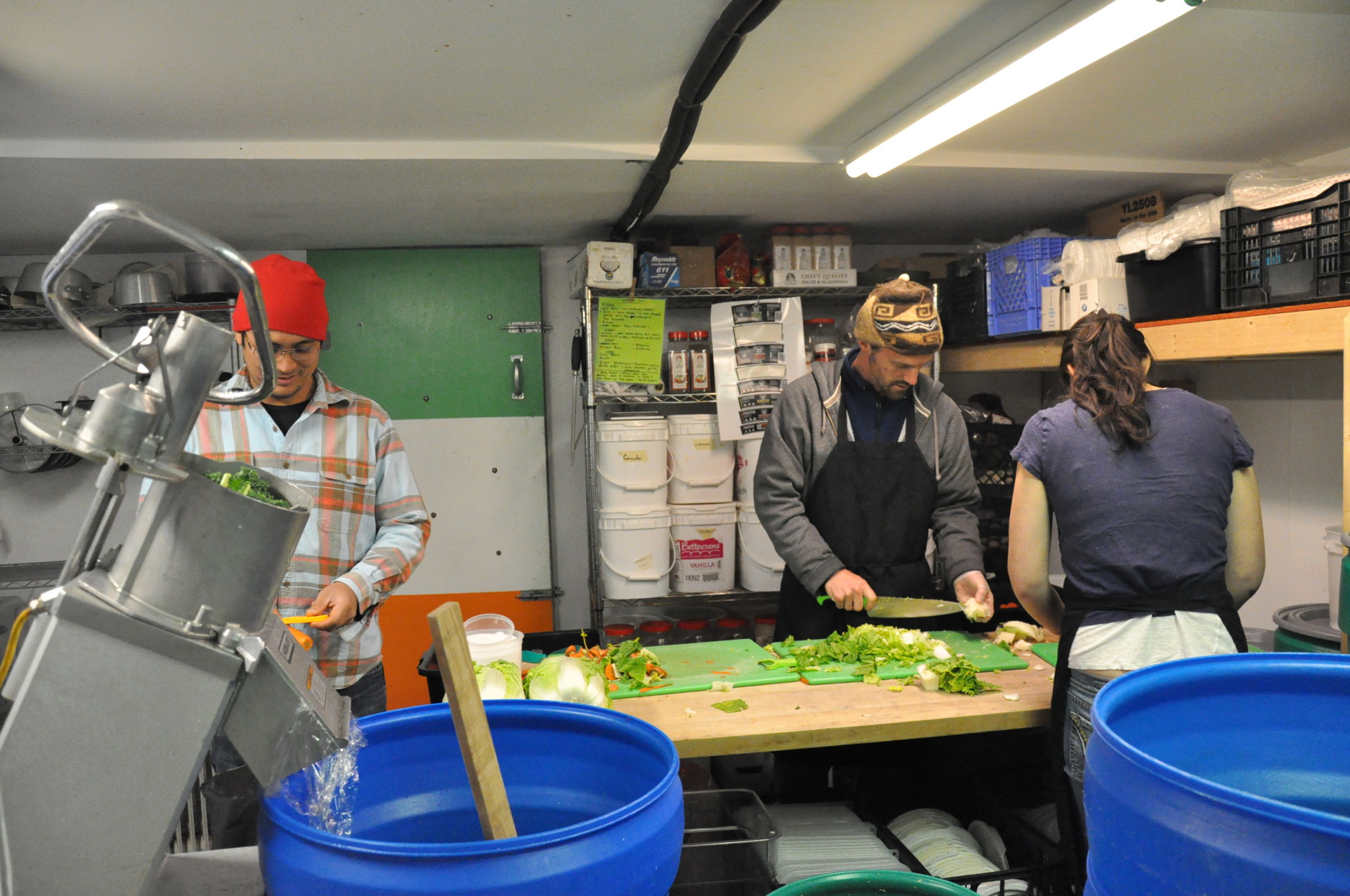
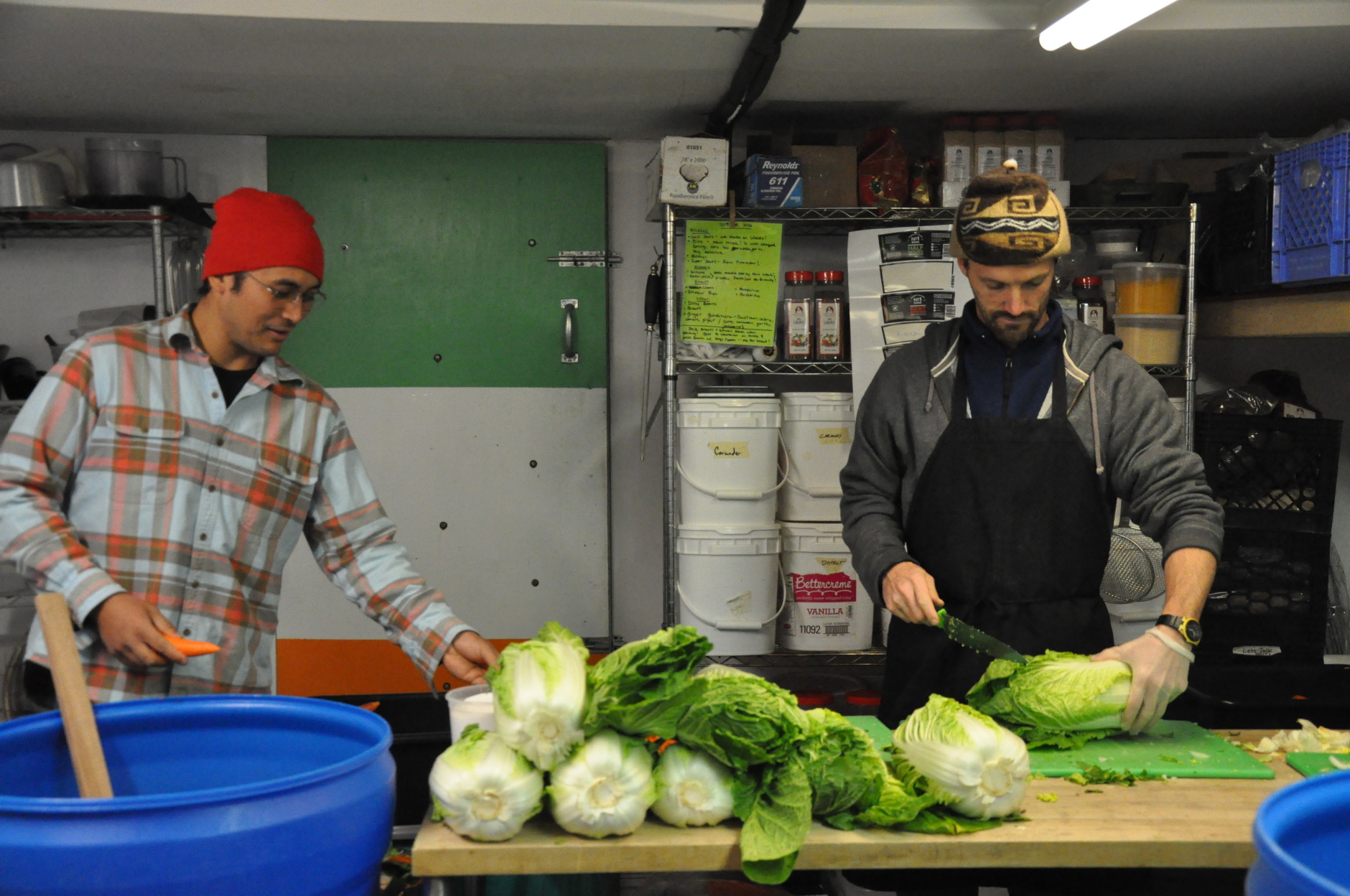
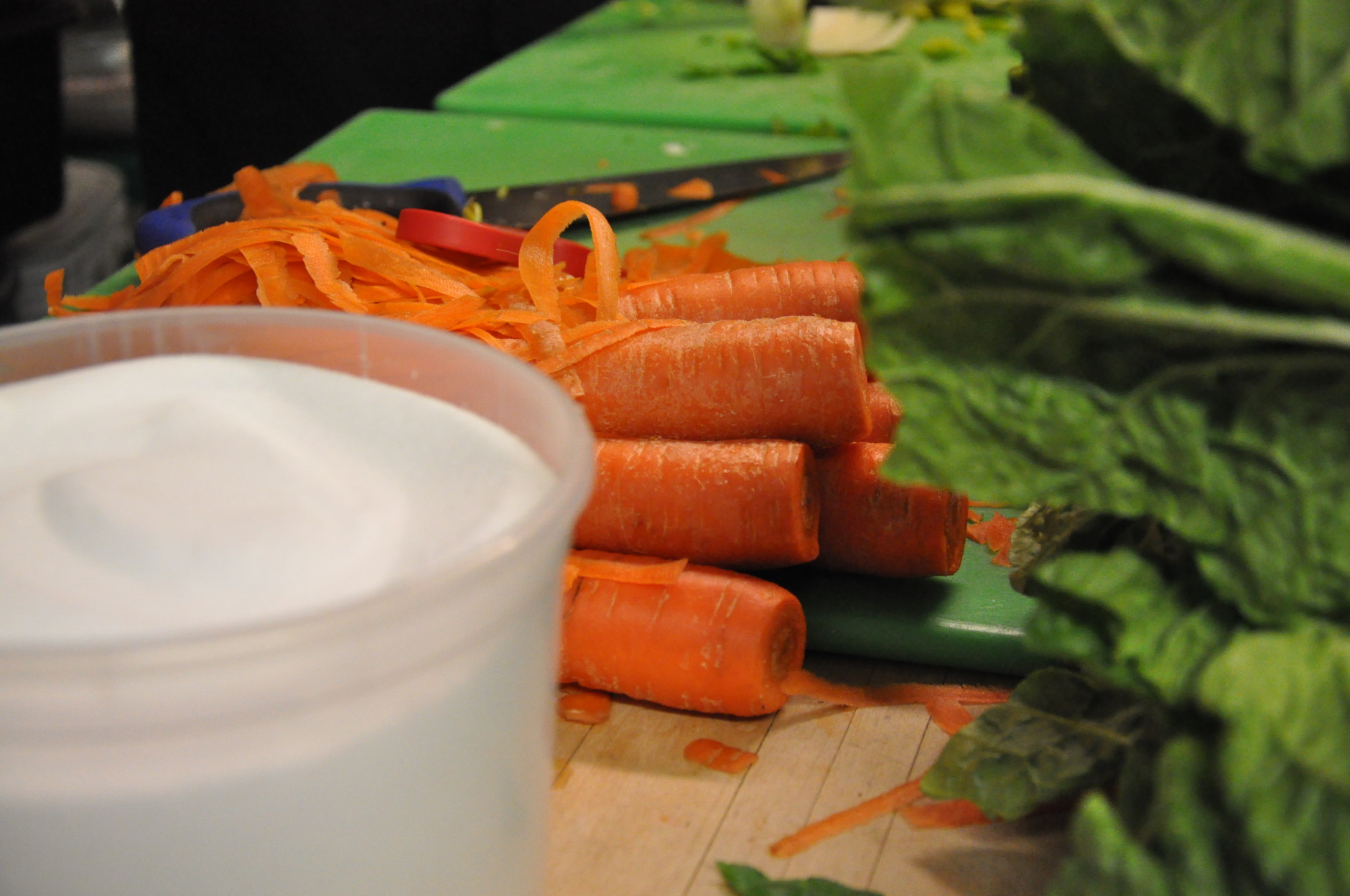
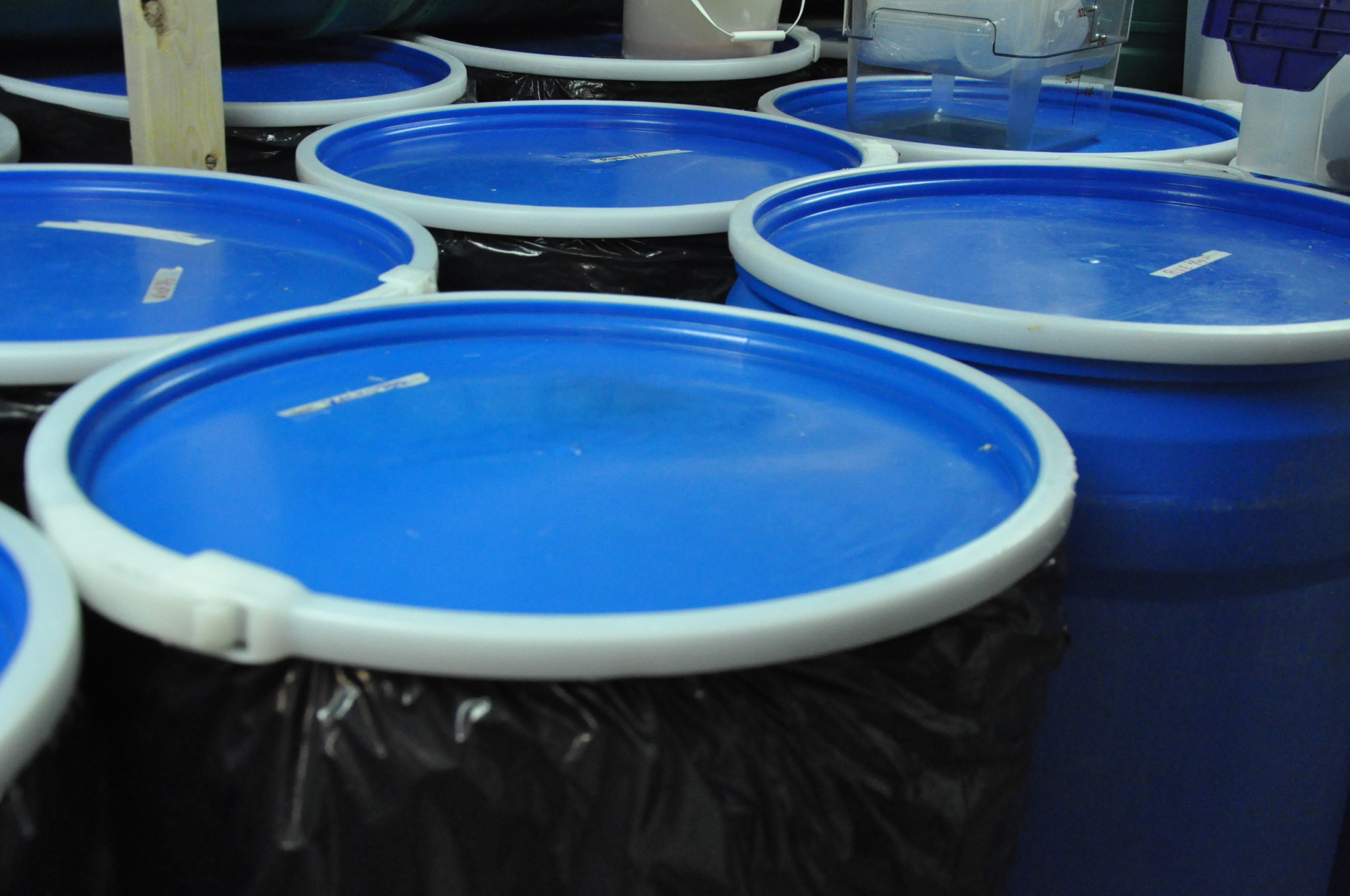
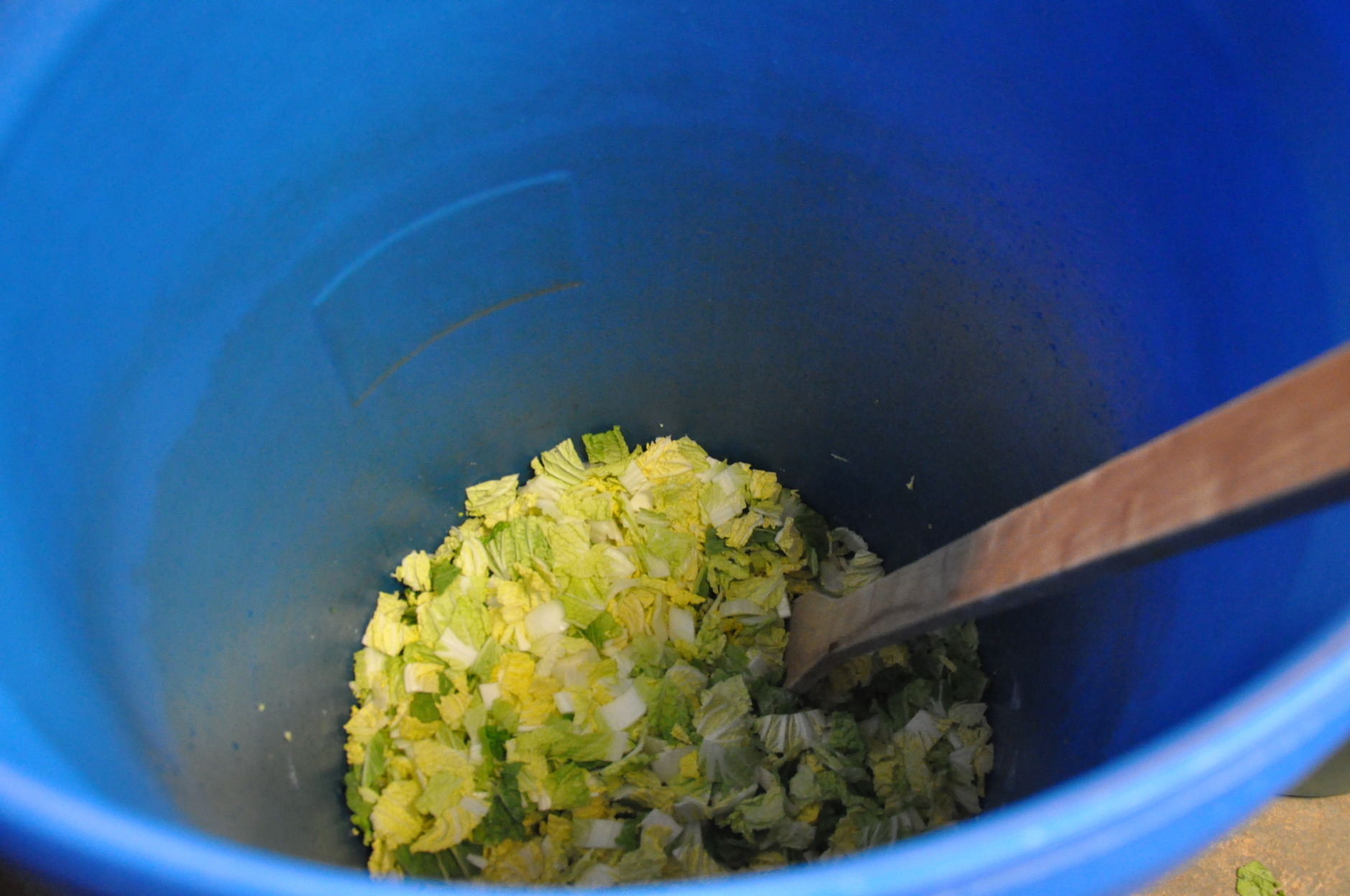
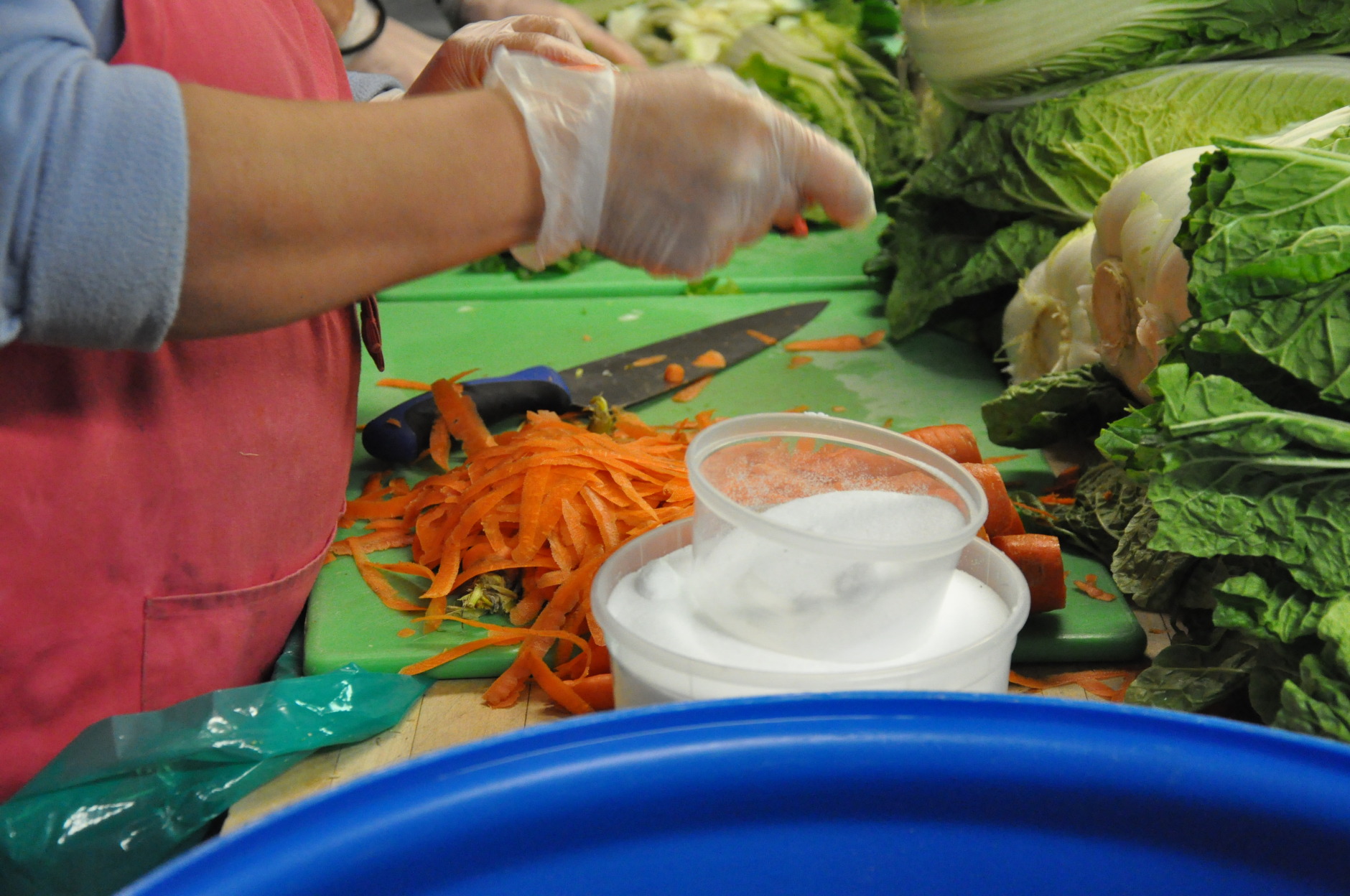
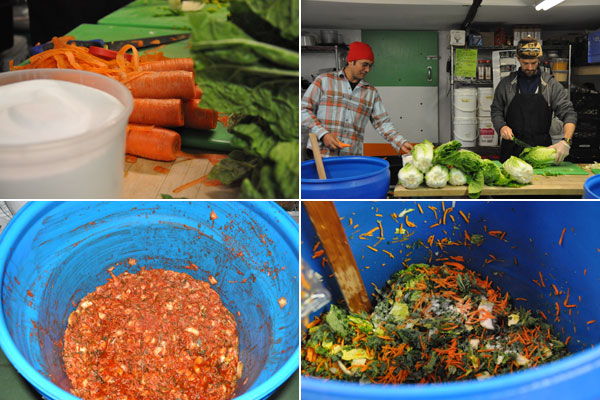
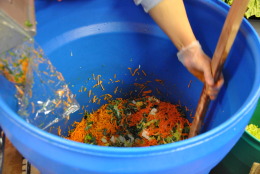
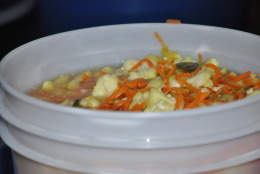
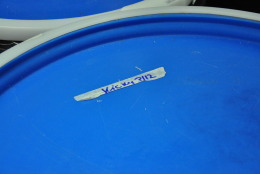
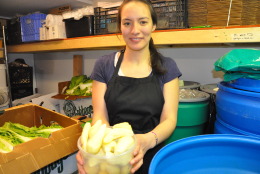
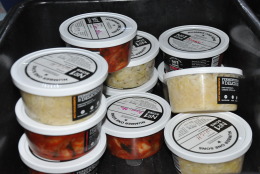
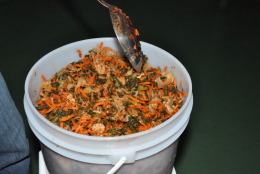
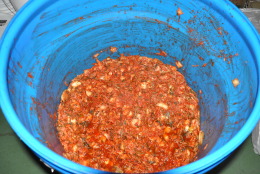
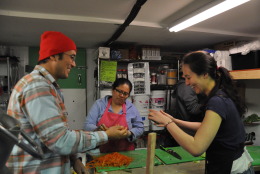
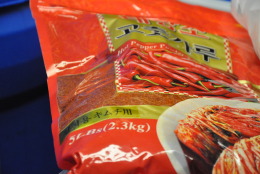
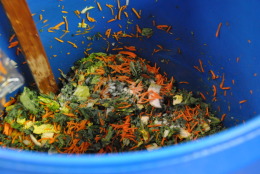
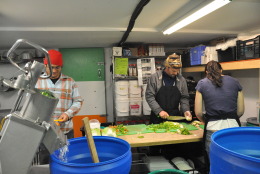
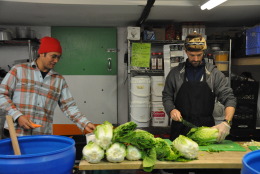
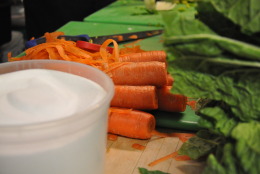
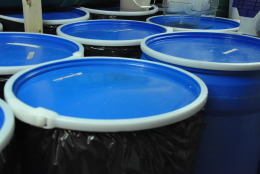
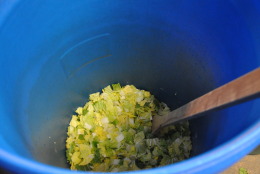

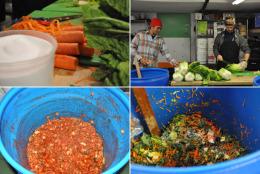
WASHINGTON — In recent years, kimchi has spread to menus beyond traditional Korean dining spots.
At Volt, Bryan Voltaggio incorporates a kimchi variation in his pasta Bolognese; Bourbon Steak slathers it on the restaurant’s salmon burger; Masa 14 serves it with crispy Brussels sprouts; and Zengo uses a bok choy kimchi on its roasted chicken breast.
In more typical fashion, kimchi tops the tacos at TaKorean; it’s piled in a ramen bowl at Toki Underground; and it’s paired with spice marinated pork belly at Mandu.
So what is kimchi? And why is the local culinary scene crazed with it?
According to Yi Wah Roberts, it’s because kimchi is “completely addictive.”
“It’s great with anything savory where the flavors are big,” Roberts says. “I’ve put it on chips, which is fantastic — it’s a good snack. And then you’re eating cabbage, you’re not eating chips, so you should just eat the whole bag.”
Roberts would know the best way to savor kimchi’s flavor. He and his sister Caitlin make kimchi by the barrel at their Arlington-based food business No. 1 Sons.
The siblings started their business two years ago by making and selling fermented pickles at area farmers markets. From there, No.1 Sons’ offerings evolved into other fermented products, including a variety of krauts, kimchi and specialty products, such as salsa, giardiniera and beets.
“That’s the common thread: things that are fermented,” Roberts says. “We decided to kind of run with it.”
The Makings of Kimchi
Roberts describes kimchi as the national dish of Korea.
“It’s what Korea is most known for. And if that’s not much of a description, it’s the sauerkraut of Korea,” he says.
Traditional kimchi is a mixture of Napa cabbage, carrots, fish, onions and a spice paste or sauce. Roberts’ spices include garlic, ginger and a Korean chili powder.
However, No. 1 Sons strays from the traditional recipe. For starters, Yi Wah and Caitlin don’t use fish in their recipe so as to accommodate vegan and potential kosher customers.
Instead, Roberts achieves the umami flavor and texture of fish with a byproduct of the beer-brewing process. What that byproduct is, he won’t say.
Second, Roberts chops all the ingredients in his kimchi before fermentation. He says a lot of people make kimchi using the whole head of Napa cabbage. They rub the cabbage with the spice paste, let it ferment and then chop it.
“We chop it all up and do that by hand. So we’ve had some late-night kimchi-chopping parties,” he says. “And then it’s all fermented together so you end up with a fiery hot, savory, salty, preserved vegetable mix that goes awesome with barbecue.”
Finally, No. 1 Sons makes a kale kimchi, in addition to the more traditional variety.
“The kale adds kind of a greenness to it. We put more ginger in [the kale kimchi] and not as much spice,” Roberts says.
Throughout the kimchi-making process, the chopped vegetables are salted and rinsed to draw out the moisture. Once the spice sauce is blended, all of the ingredients in the kimchi are mixed.
“We just roll up our sleeves, scrub the heck out of our hands and mix it up by hand. We taste it as we go,” Roberts says.
Making a batch of kimchi takes No. 1 Sons a whole day, and the end product fills a barrel that’s approximately 4 feet tall. Then the kimchi is left to ferment for about a week.
Fermentation 101
Fermentation is a natural way to preserve foods that has been used for years. In essence, it’s the conversion of sugar to acids and gases in the absence of oxygen. It utilizes naturally occurring bacteria and their byproducts.
“So in our case, it happens [these microbes] are turning the nutrients and the carbohydrates into lactic acid and some other compounds that are really flavorful,” Roberts says.
The lactic acid adds a sour flavor to the vegetables and continues to enhance the flavor of the food over time.
Many people seek out fermented foods for these “good bacteria,” or probiotics, which are known to promote and foster digestive health.
Fermented foods are also referred to as “living” foods, because the fermentation process never really stops.
Therefore, a food will take on stronger flavors the longer it ferments. Refrigerating fermented foods only slows the process.
Roberts says No. 1 Sons ferments its foods for about a week in the company’s kitchen space because “typically people like [kimchi] a little fresher around here.”
If you want it stronger, Roberts says, leave the food out and watch it grow.
“And the cool thing is, you can leave it on your kitchen counter and the container will puff up a little, and that just means it’s alive and working, and it will get funkier,” he says.
The puff of the container is from carbon dioxide, another byproduct of fermentation. When the lid starts to expand, just “burp” the container and let the fermentation process carry on.
Eating Kimchi
In addition to eating kimchi on his chips, Roberts says it’s good on really almost anything — especially on chopsticks, straight from the jar.
He says people put it on pasta or burgers, or use it as a garnish on salads to add flavor and brightness. He’s also a fan of gooey, crispy kimchi grilled cheeses.
“It’s a very satisfying flavor, especially once you kind of work it into your rotation.”
Follow @WTOP and @WTOPliving on Twitter and on the WTOP Facebook page.






